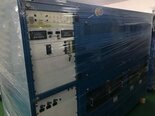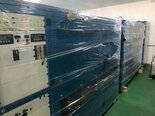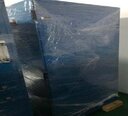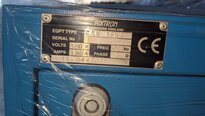Used THOMAS SWAN 19x2 GAN #293587476 for sale
URL successfully copied!
Tap to zoom
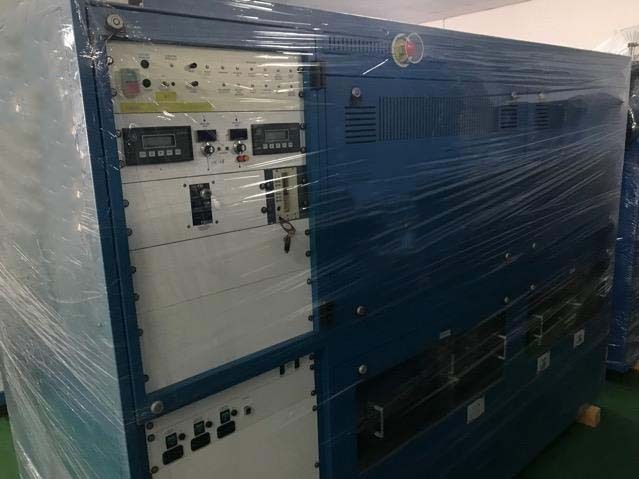

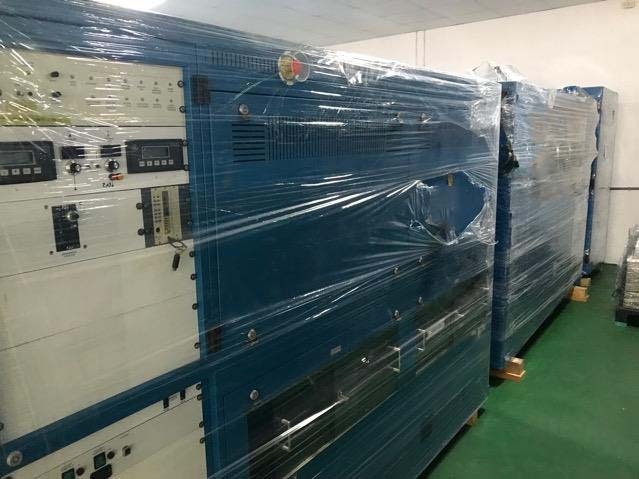

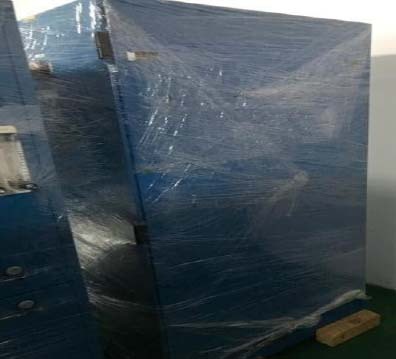

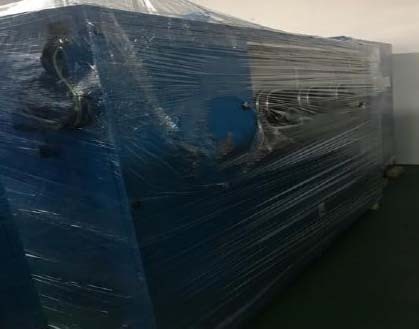

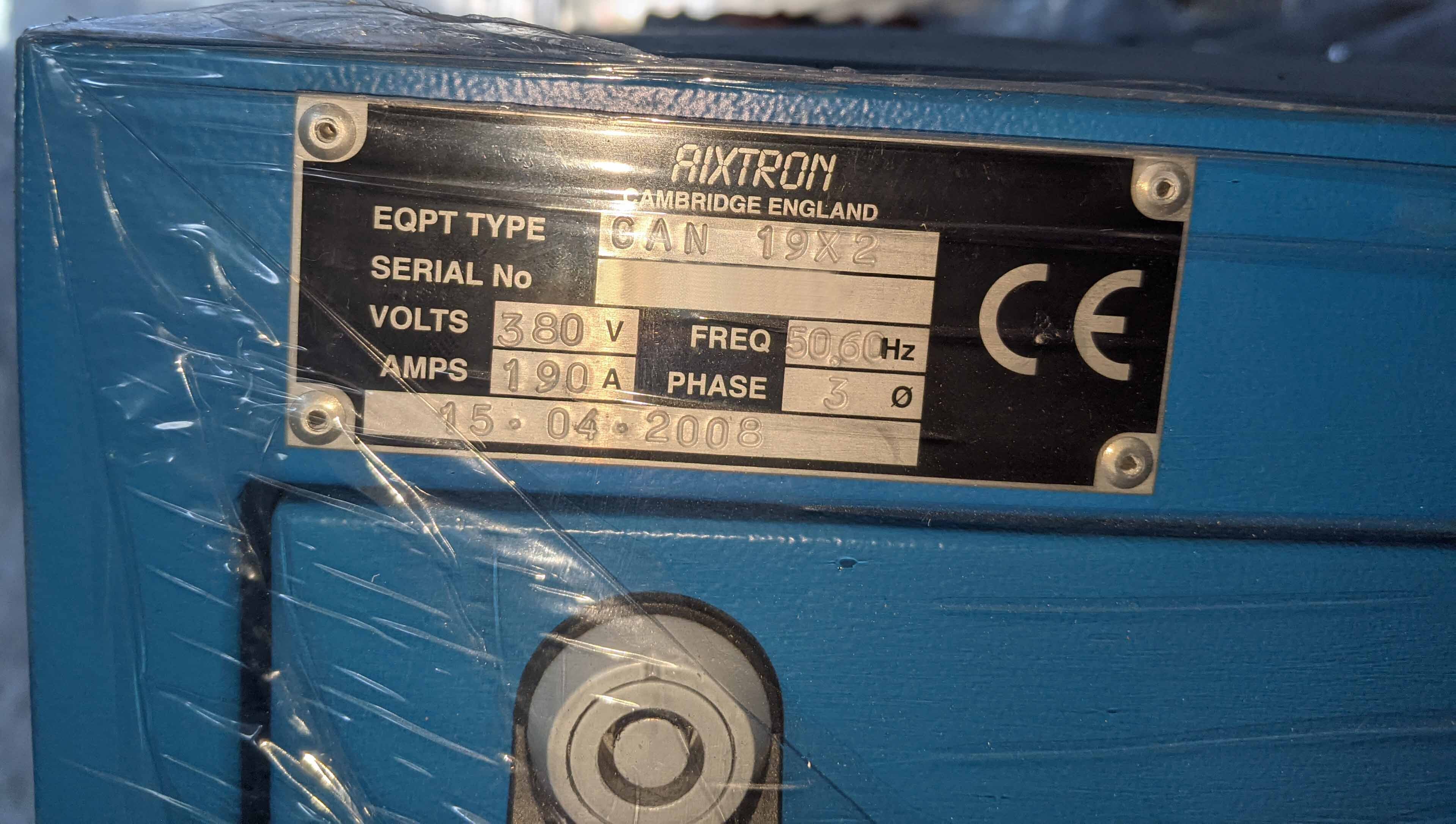

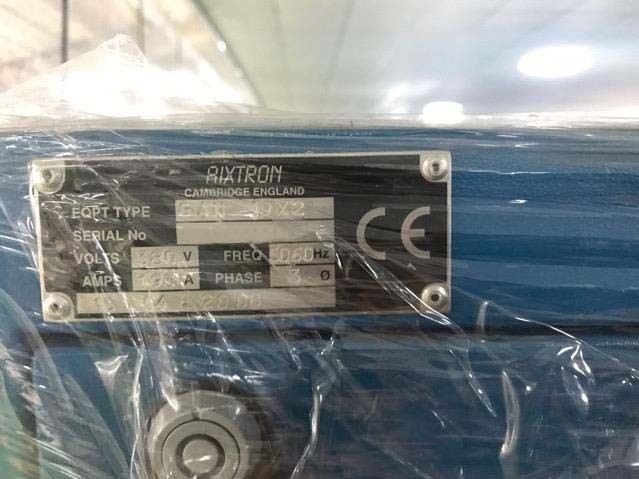

THOMAS SWAN 19x2 GAN is a research reactor developed by the Canadian firm THOMAS SWAN & Co. Ltd. in the early 1960s. It is a light-water cooled and moderated, open pool-type reactor utilizing 20%-enriched uranium-235 fuel. The reactor has an output power rating of 2MW and is designed with two fuel channels, each having two irradiated fuel rod clusters with a combined core power of 2MW thermal. 19x2 GAN reactor is composed of two main parts: the primary coolant tank and the core assembly, which contains the core vessel, core internals, and control rods. The primary coolant tank is constructed from heavy steel-plated steel, and is filled with light-water coolant. The core assembly is composed of the core vessel, which contains the fuel assemblies, and core internals, which are the components that regulate and control the reactivity. The core internals include control and safety rods, represented by boron, stainless steel, and cadmium. THOMAS SWAN 19x2 GAN reactor is well-suited for use in research applications, as it is capable of producing high flux densities at low powers (less than 3 x 10-6 cm-2s-1). This abilities it to produce high neutron fluxes that can be used to investigate the effects of neutron irradiation on materials. Additionally, the reactor's long life expectancy makes it suitable for long-term research projects. 19x2 GAN reactor is very reliable and is designed to operate with minimal maintenance and servicing. The reactor employs no special operation or maintenance techniques and is designed to shut down safely under all conditions. The reactor core also features several safety systems to ensure the integrity of the core even in extreme conditions, such as emergency shut down, emergency core netcooling, and fission product disposal systems. In general, THOMAS SWAN 19x2 GAN research reactor is a reliable, efficient and safe research reactor. As it employs efficient design, it can produce large neutron fluxes for extended periods of time with little risk of malfunction or damage. This enables researchers to conduct long-term projects safely.
There are no reviews yet
